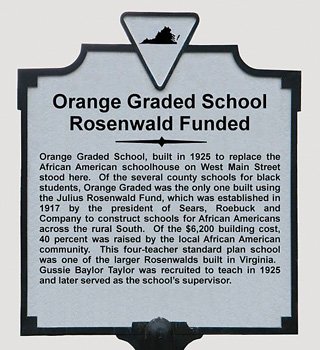Church to host dedication of new state historical markers
9/16/2014, 6 a.m.
A Lynchburg church will host the dedication this weekend of two new state historical markers celebrating black history.
Wayside Gospel Temple Church of God in Christ will be the site of the ceremony for markers recalling Amelia Perry Pride’s Dorchester Home that served elderly black women and Camp Davis, a refuge for freed slaves after the Civil War.
The dedication will be held 2 p.m. Sunday, Sept. 14, on the church grounds, 1309 Pierce St., followed by the unveiling of the markers that will bring to seven the total along the history-filled street.
The marker for the Dorchester Home describes the work of educator Amelia Perry Pride in creating a place in 1897 to provide shelter, fuel, clothing and food for poor women.
The Camp Davis marker will recall its initial use as a mustering ground for Confederate troops and its later transformation into a site for federal troops and for a refuge, school and church for free black people after the war ended in 1865.
Black history also will be commemorated this week in the town of Orange with the dedication of a marker recalling a privately funded school to educate black children.
A state historical marker for the Rosenwald-funded school will be formally dedicated 1 p.m. Saturday, Sept. 13, across from Prospect Heights Middle School.
The Orange Graded School was built in 1925 and replaced a prior segregated black schoolhouse in Orange.
“Of the several county schools for black students,” in the words of the marker, “Orange Graded was the only one built using the Julius Rosenwald Fund, which was established in 1917 by the president of Sears, Roebuck and Company to construct schools for African Americans across the rural South.”
The four-teacher school cost $6,200, with 40 percent of that amount raised by the local residents. It was one of 370 Rosenwald schools built in Virginia between 1917 and 1932.







